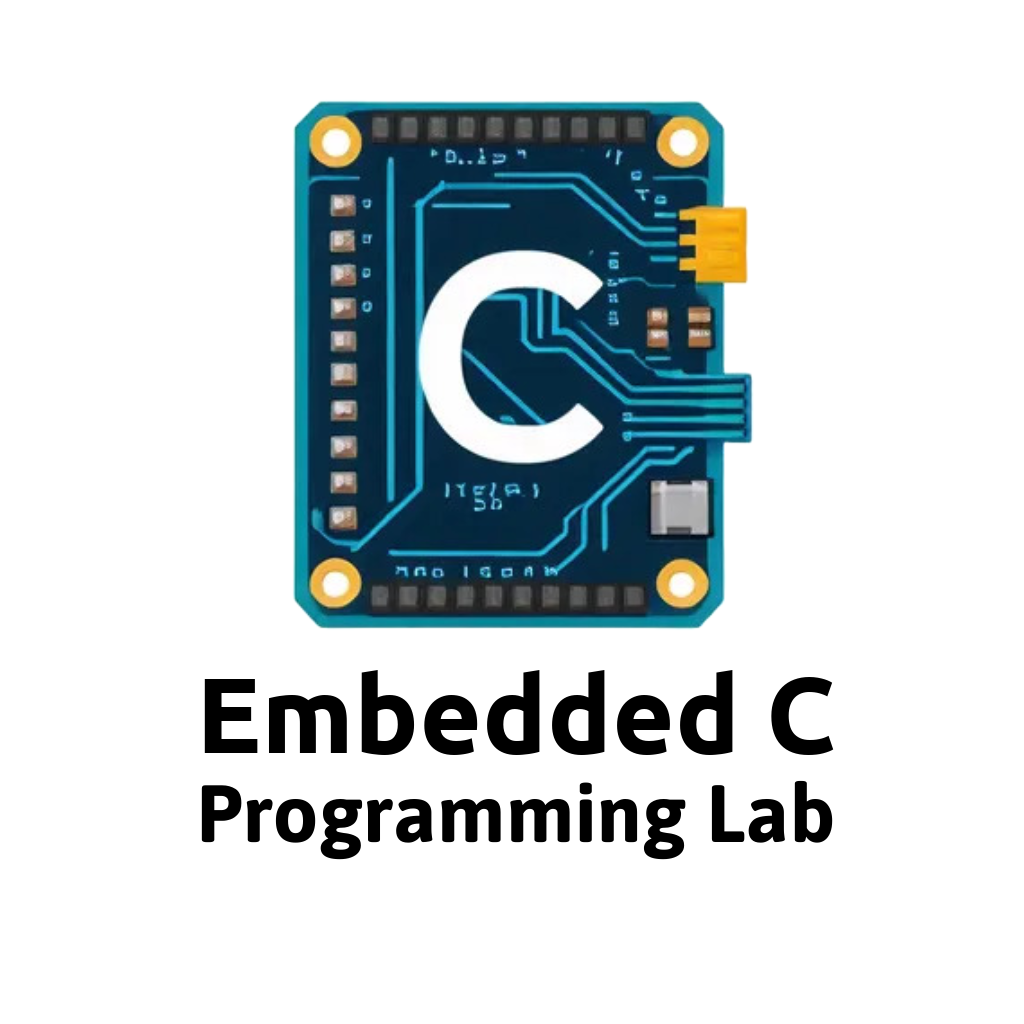8 Temperature measurement using I2C - MCP9808
8.1 Objective
By the end of this exercise, students will: - Interface the MCP9808 temperature sensor with the STM32 Nucleo-144 F767ZI board using I2C communication. - Measure temperature in both Celsius and Fahrenheit using two methods: 1. Sensor-specific library (Seeed_MCP9808). 2. Direct I2C communication via Wire.h library.
The Seeed_MCP9808 library can be downloaded as zip from here. You can add this library to the arduino sketch by Sketch->Include Library->Add .zip Library.
8.2 Materials
- STM Nucleo-144 F767ZI development board.
- MCP9808 temperature sensor - Datasheet.
- Jumper wires.
- CubeIDE or Arduino IDE with STM32Duino.
8.3 Wiring Connections
| MCP9808 Pin | Nucleo-144 Pin |
|---|---|
| VCC | 3.3V |
| GND | GND |
| SDA | D14/SDA |
| SCL | D15/SCL |
8.4 Task 1: Using Seeed_MCP9808 Library
Description
In this task, the MCP9808 sensor is interfaced using the Seeed_MCP9808 library. The library abstracts the I2C communication, to easily read the temperature in Celsius and convert it to Fahrenheit.
Code
#include "Seeed_MCP9808.h"
MCP9808 sensor;
void setup() {
Serial.begin(9600);
if (sensor.init()) {
Serial.println("Sensor init failed.");
return;
}
Serial.println("Sensor init success.");
}
void loop() {
float celsius = 0;
sensor.get_temp(&celsius);
float fahrenheit = celsius * 9 / 5 + 32;
Serial.print("Temperature: ");
Serial.print(celsius);
Serial.print("C/");
Serial.print(fahrenheit);
Serial.println("F");
delay(1000);
}Key Steps
- Initialize the MCP9808 sensor using the
Seeed_MCP9808library. - Read the temperature in Celsius, convert it to Fahrenheit, and display both on the serial monitor.
8.5 Task 2: Using Wire.h Library for Direct I2C Communication
Description
This task involves using direct I2C communication with the MCP9808 sensor via the Wire.h library. Students will manually configure and communicate with the sensor to read temperature data, without relying on a sensor-specific library.
Code
#include <Wire.h>
#define MCP9808_I2C_ADDRESS 0x18 // Default I2C address for MCP9808
#define AMBIENT_TEMP_REG 0x05 // Ambient temperature register
#define RESOLUTION_REG 0x08 // Resolution register
#define RESOLUTION_0_0625_DEGREE 0x03 // Highest resolution
void setup() {
Wire.begin();
Serial.begin(9600);
// Initialize the sensor
if (initSensor()) {
Serial.println("Sensor init failed.");
} else {
Serial.println("Sensor init success.");
}
}
void loop() {
float celsius = readTemperature();
float fahrenheit = celsius * 9.0 / 5.0 + 32;
Serial.print("Temperature: ");
Serial.print(celsius);
Serial.print(" C / ");
Serial.print(fahrenheit);
Serial.println(" F");
delay(1000); // Wait 1 second before reading the temperature again
}
// Function to initialize the sensor
bool initSensor() {
Wire.beginTransmission(MCP9808_I2C_ADDRESS);
Wire.write(RESOLUTION_REG); // Set the resolution register
Wire.write(RESOLUTION_0_0625_DEGREE); // Set highest resolution (0.0625°C)
return (Wire.endTransmission() != 0); // Check for I2C transmission success
}
// Function to read temperature from the MCP9808 sensor
float readTemperature() {
Wire.beginTransmission(MCP9808_I2C_ADDRESS);
Wire.write(AMBIENT_TEMP_REG); // Set pointer to the temperature register
Wire.endTransmission();
Wire.requestFrom(MCP9808_I2C_ADDRESS, 2); // Request 2 bytes from sensor
if (Wire.available() < 2) {
return NAN; // If data not available, return not-a-number (NAN)
}
// Read the 2 bytes of temperature data
uint8_t msb = Wire.read();
uint8_t lsb = Wire.read();
// Combine the two bytes into a 16-bit unsigned integer
uint16_t rawTemp = ((uint16_t)msb << 8) | lsb;
// Mask out the sign bit (bit 12) and calculate the temperature
rawTemp &= 0x0FFF;
float temp = rawTemp * 0.0625; // Each increment represents 0.0625°C
// If the sign bit is set, the temperature is negative
if (msb & 0x10) {
temp -= 256;
}
return temp;
}Bonus Task: Modify the code from task 2, to read the temperature at a different resolution.(Refer Datasheet for the Resolution Register values.)
8.6 Conclusion
- The MCP9808 sensor was interfaced with the STM32 Nucleo-144 board using I2C communication.
- Two methods of communication were explored:
- A sensor-specific library (
Seeed_MCP9808) for easy implementation. - Direct I2C communication via the
Wire.hlibrary to give a more in-depth understanding of sensor interfacing.
- A sensor-specific library (
- Both methods demonstrated how to read and process temperature data from the MCP9808 sensor.
